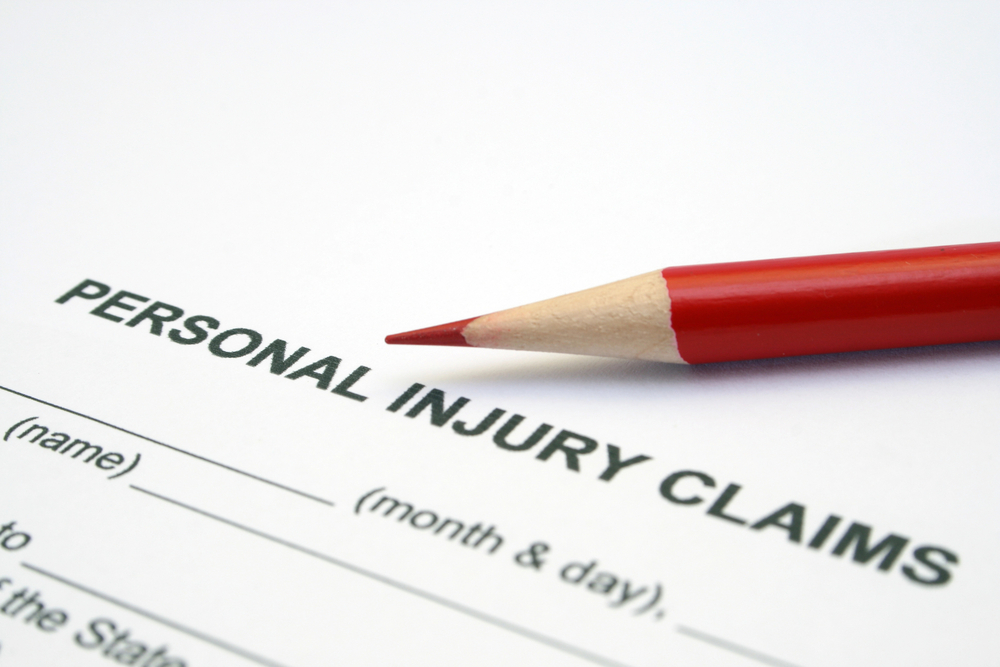In personal injury cases, proving liability matters. Your whole case usually hinges on it. If you can’t prove liability, you won’t collect any money, even if you feel certain some other person or entity harmed you or someone you love.
Analyzing the root cause of catastrophic injuries becomes complicated quickly. That’s why, if you want any money when you sue a person or entity, you need an excellent personal injury lawyer. They should have prior experience and know what rules they must follow in court while arguing on your behalf.
The defendant will likely have their council, and if they have deep pockets, maybe they have hired a well-respected attorney or law firm. To get the financial compensation you deserve, you and your attorney must prove liability successfully. We will discuss some proven ways you can do that right now.
Get Testimony from an Unimpeachable Source
If you want to convince the jury of anything, you can use witnesses. However, you should make sure you use the right ones.
Let’s say someone harmed you, and many people saw the incident or accident where it occurred. However, when your lawyer’s investigator talks with the witnesses, some seem more credible than others. For instance, someone who was drinking alcohol before they saw the injury occur won’t seem like a very reliable witness.
On the other hand, maybe your lawyer’s investigator can find someone with community standing who the defendant’s lawyer can’t possibly discredit. A respected doctor might work, or a distinguished college professor.
If you can get someone on the stand who the jury will believe, it’s likely you’ll win your case and have some money coming your way.
Use Photographic or Video Evidence
Witness testimony often works great if you find someone credible, but visual evidence works even better. If someone saw what happened, they can describe it, but if picture or video evidence exists, the jury can see it themselves. Then, there’s no way the defendant can argue the events transpired in some other or different way than what’s evident.
Not all incidents or accidents happen with cameras around. However, you can find cameras in many more places these days than ever before.
In any store or on a city street, it’s highly likely you can find a security camera or traffic camera. You might have surveillance cameras around that aren’t immediately apparent, but when your lawyer’s investigators look around the scene where your injury occurred, they may locate one.
The investigator might also look online for any social media videos or pictures that show what happened. The investigation won’t always uncover video or picture evidence, but where you can find it and utilize it, it’s more likely you’ll prove liability and win your case.
Use Scientific Evidence
If you can’t find video or pictures indicating the events that harmed you just like you said, your lawyer might see whether they can locate or produce any scientific evidence that will convince the jury. If they can, and the defendant’s lawyer can’t debunk it, that can sometimes win your case and get you the cash windfall you’ve wanted.
Your lawyer must look at the events that harmed you and see what material evidence they can use. Then, they must analyze it from a scientific standpoint.
They usually need an expert who can analyze the evidence and present their findings so that the laypeople on the jury can understand it. Scientific evidence can certainly help your case, but it does little good if you can’t simplify it so the jury comprehends its significance.
Use Expert Witnesses
If you can’t use someone who saw what happened, or if the only person you can put on the witness stand will hurt your case rather than help it, you can always find an expert witness. Such witnesses have credibility. However, this will only work in cases where such a witness can help your case.
If another driver hurt you in a car accident, maybe you claim the crash happened a particular way, and they say it didn’t. If you don’t have any witnesses or picture or video evidence, it might seem like your word against theirs.
That’s not necessarily so. Your lawyer might call an expert witness who reconstructs car accident scenes for insurance companies for a living. They can ask this individual if what they see in the accident pictures backs up your story or the defendant’s.
This may be your best available option. It’s not a slam dunk like having video evidence, but it can sometimes help convince a jury.
Get an Admission from the Defendant
Your lawyer can also try another tactic, though this one requires both guile and professional legal skills. They can see whether the defendant will admit something incriminating on the stand.
The defendant might lie if they think they can get away with it, even under oath. They’re committing perjury, but that doesn’t mean some unscrupulous individuals won’t try it. They might lie if they believe there’s no evidence the plaintiff or their lawyer can produce that will expose their dishonesty.
If your lawyer can produce some piece of evidence that makes it obvious the defendant isn’t telling the truth, they may have to change their story while on the stand. This sometimes works, but it’s not easy. It requires your attorney to set a verbal trap and hope the defendant will walk into it.
These moments often occur in movies and TV shows, but they happen less frequently in real life. Still, if your lawyer has a trick up their sleeve they can play during the defendant’s cross-examination, that can sometimes win you your case.
Many times, you’ll win your case not with one of these tactics but several of them. Ideally, you want overwhelming evidence that proves your claim. That way, you can feel reasonably sure the jury will find in your favor and you will see a payday for your pain and suffering.
